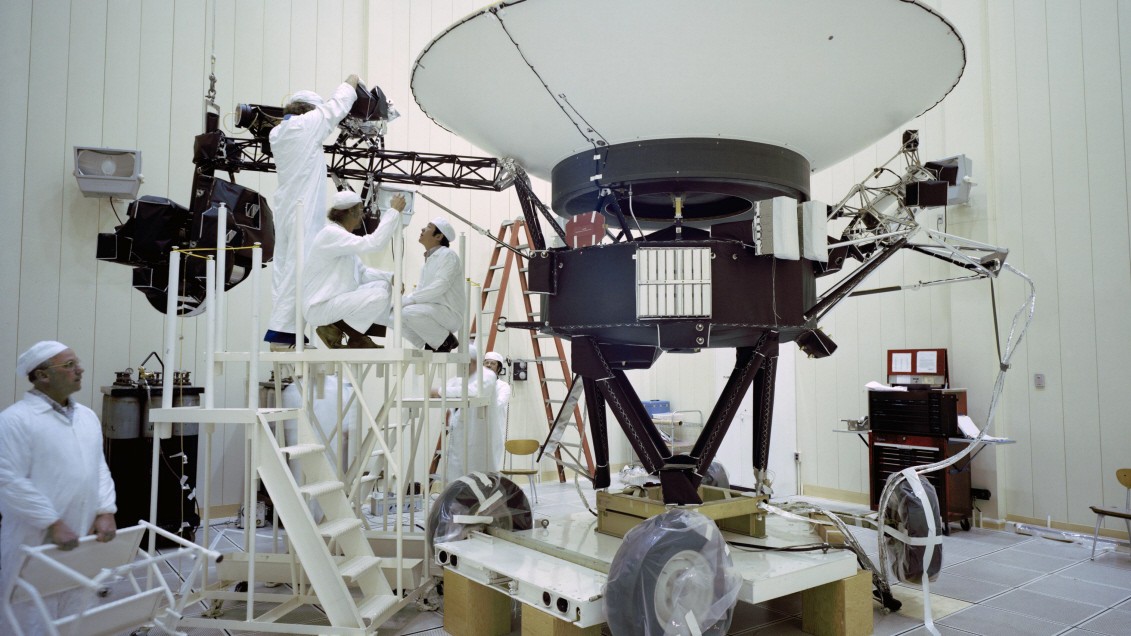“Voyager 2” has been on the move since 1977, and radio contact has been interrupted for eleven months due to repair work on the ground station.
–
If space probes were humans, you could say: Voyager 2 is old enough to cope alone for a while. On the other hand, the probe, to put it politely, is getting on in years. She has been traveling in space since 1977. According to her sister probe Voyager 1 and the probe launched in 1972 Pioneer-10 it is the third most human-made device. It has already left the solar system and is currently racing at almost 60,000 km / h into the vastness of space. She can no longer hear so well either, which is mainly due to the distance. And recently the operating system showed weaknesses. The on-board computer had to be restarted in January because it accidentally overloaded the battery and switched off all measuring instruments.
So it is not entirely risk-free to leave the old probe to itself for eleven months. But there is no other way, say Nasa researchers. The experts at the Jet Propulsion Laboratory of the US space agency have decided to use the most important tool for contact Voyager 2to turn off a 70-meter antenna dish in Australia for almost a year. The antenna has been on the air for 48 years now and will be refurbished in the coming months. Signals from Voyager 2 can then still be received, but the probe can no longer be sparked, for example to restart the on-board computer.
The radio antenna at Canberra is part of the global “Deep Space Network”, a communication tool for space researchers to keep in touch with distant spacecraft. For most of the currently more than 30 active research probes in space, the failure of the Australian bowl is not a problem. You can communicate with other antennas in the United States and Europe. Voyager 2, however, relies on the radio dish in Australia.
It is uncertain whether the probe will report back after the transmission pause. In the next eleven months, Voyager 2 will have to do many routine tasks alone, such as aligning the radio antenna and regulating the heat. After the repair, the Australian antenna will be more powerful than before, say the space experts – and will in future also be used to contact manned missions to the Moon and Mars.
– .


